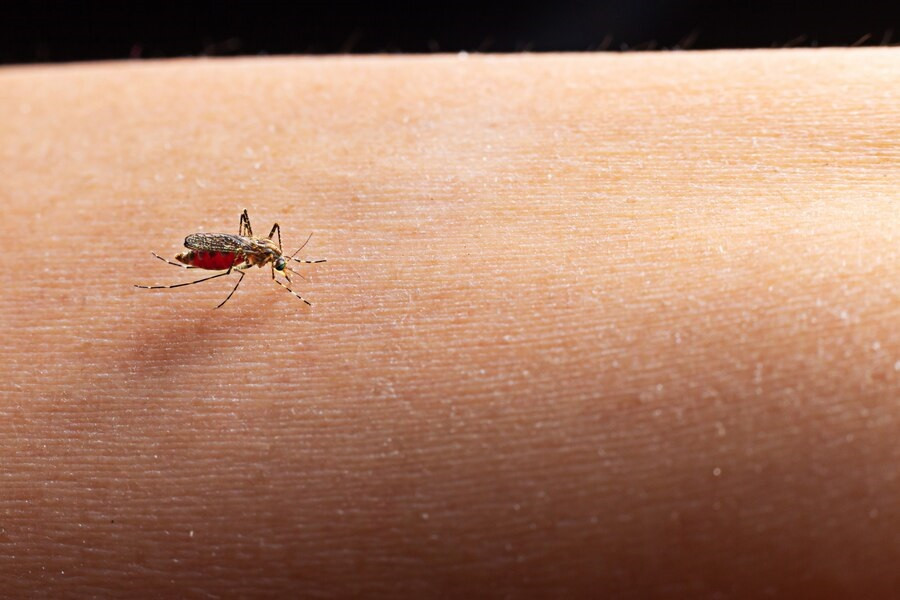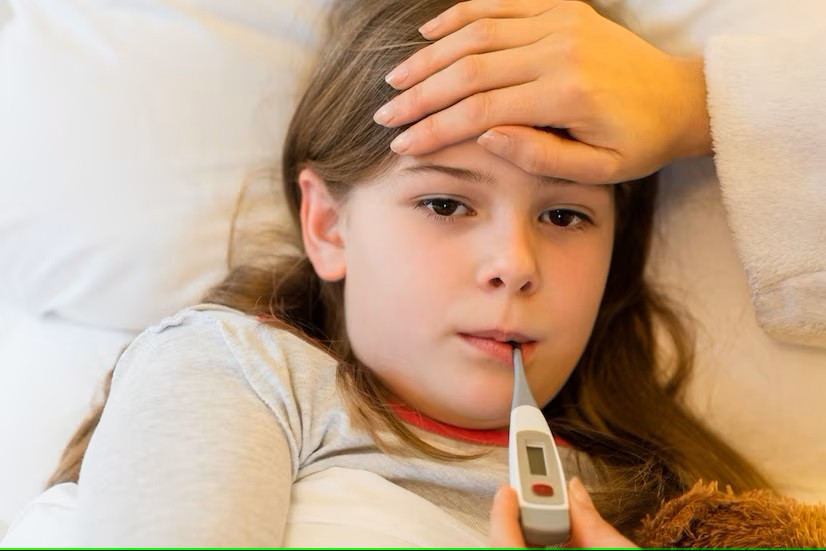Dengue fever is a viral infection transmitted through the bite of Aedes mosquitoes, particularly Aedes aegypti and Aedes albopictus. This disease is common in almost all regions of Indonesia, especially in densely populated areas with poor sanitation.
The symptoms of dengue fever in Indonesia are similar to those found elsewhere, including high fever, muscle and joint pain, skin rash, and pain behind the eyes. However, what many people may not realize is that dengue fever can escalate into a life-threatening condition known as Dengue Shock Syndrome (DSS), where a sudden drop in blood pressure can lead to shock and organ failure.
What is Dengue Shock Syndrome (DSS)?
Dengue Shock Syndrome (DSS) is a severe form of dengue infection that can cause shock and circulatory failure. In this condition, the blood pressure of the person infected with dengue drops drastically, resulting in impaired blood flow to vital organs. This can lead to shock, organ damage, and life-threatening conditions if not treated immediately.
Signs and symptoms of Dengue Shock Syndrome (DSS)
Drop in blood pressure
One of the main signs of DSS is a drastic drop in blood pressure, which can lead to shock. This occurs due to plasma leakage from the blood vessels.
Weak and rapid pulse
The pulse of a DSS patient can become very fast but weak. This happens as the body tries to maintain blood supply to vital organs despite the reduced blood volume.
Cold and sweaty skin
DSS patients often feel cold, with clammy and sweaty skin. This is a sign of poor blood circulation and an important indicator of shock.
Confusion or decreased consciousness
A significant drop in blood pressure can reduce blood flow to the brain, leading to decreased brain function. This can cause confusion, disorientation, and loss of consciousness.
Bleeding
Another common symptom of DSS is bleeding, such as bleeding gums, nosebleeds, or gastrointestinal bleeding, indicated by vomiting blood or black stools.
Severe abdominal pain
Severe abdominal pain in DSS is caused by plasma leakage from the blood vessels into the peritoneal cavity (the space inside the abdomen). This leakage causes fluid buildup in the abdominal cavity, leading to pressure and pain.
Persistent vomiting
In addition to severe abdominal pain, dengue infection affecting the digestive tract can cause irritation of the stomach and intestines, leading to persistent vomiting, sometimes accompanied by blood.
Decreased urine output
Plasma leakage from the blood vessels can reduce the effective blood volume, leading to decreased blood flow to the kidneys. The kidneys need adequate blood flow to function properly and produce urine. Without sufficient blood flow, kidney function is impaired, and urine production decreases.
If you or someone you know shows signs of DSS, seek emergency medical care immediately. Do not wait for the symptoms to worsen, as early treatment is essential to prevent serious complications.
Have more questions about dengue fever? You can either visit a doctor or make use of the consultation features that are available in the Ai Care application by downloading the Ai Care application from the App Store or Play Store.
Looking for more information about other diseases? Click here!
- dr Nadia Opmalina
Thomas M. Yuill, PhD (2023). Dengue Hemorrhagic Fever/Dengue Shock Syndrome. Available from: https://www.msdmanuals.com/professional/infectious-diseases/arboviruses-arenaviridae-and-filoviridae/dengue-hemorrhagic-fever-dengue-shock-syndrome
Mayo Clinic (2024). Dengue fever. Available from: https://www.mayoclinic.org/diseases-conditions/dengue-fever/symptoms-causes/syc-20353078
Timothy J. Schaefer, et all (2024). Dengue Fever. Available from: https://www.ncbi.nlm.nih.gov/books/NBK430732/
Cleveland Clinic (2022). Dengue Fever. Available from: https://my.clevelandclinic.org/health/diseases/17753-dengue-fever
Sehat Negeriku (2024). Waspada DBD di Musim Kemarau. Available from: https://sehatnegeriku.kemkes.go.id/baca/rilis-media/20240616/0045767/waspada-dbd-di-musim-kemarau/
Bree Normandin (2021). Dengue Fever. Available from: https://www.healthline.com/health/dengue-fever
Mayo Clinic (2024). Shock: First aid. Available from: https://www.mayoclinic.org/first-aid/first-aid-shock/basics/art-20056620
Cleveland Clinic (2022). Capillary Leak Syndrome. Available from: https://my.clevelandclinic.org/health/diseases/22712-capillary-leak-syndrome
Cleveland Clinic (2021). Oliguria (Low Urine Output). Available from: https://my.clevelandclinic.org/health/diseases/22271-oliguria











